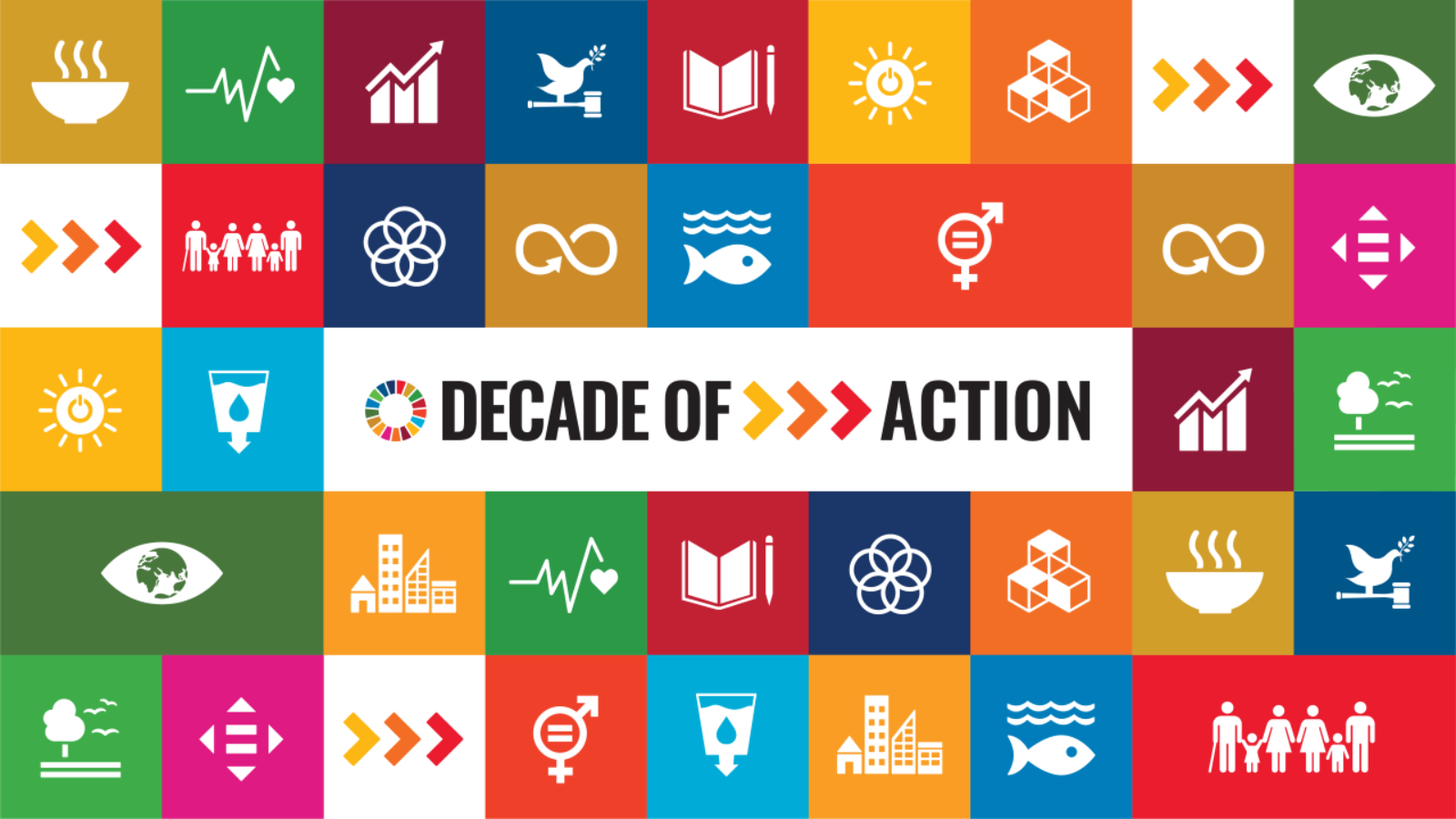July: SDG #9 and #12

The Local Peace Economy joins the United Nations in its call for a Decade of Action to transform the world by 2030. The 2030 Agenda for Sustainable Development 17 goals, adopted by all United Nations Member States in 2015, provides a shared blueprint for peace and prosperity for people and the planet, now and into the future. This month Sustainable Development Goal the Local Peace Economy is working on are two:#9 Industry, Innovation And Infrastructure, to build resilient infrastructure, promote inclusive and sustainable industrialization and foster innovation. #12 Responsible Consumption & Production, to ensure sustainable consumption production patterns. In today’s world industrial production, infrastructure and consumption is an engine of overall economic growth. Over the last century economic production patterns, infrastructure and consumption has been accompanied by environmental degradation that is endangering the very systems on which our future development and very survival depend. Now is the time to develop recovery plans that will reverse current trends and shift our consumption and production patterns to a more sustainable course.

For SDG #9 industry, the Lima Declaration, adopted by United Nations Industrial Development Organization (UNIDO) Member States in December 2013, set the foundation for a new vision of inclusive and sustainable industrial development (ISID) and highlighted the role of industrialization as a driver for development.
“Inclusive” in this context means that industrial development must include all countries and all peoples. It offers equal opportunities and an equitable distribution of the benefits of industrialization to all stakeholders. The term “sustainable” addresses the need to decouple the prosperity generated from industrial activities from excessive natural resource use and negative environmental impacts. ISID therefore implies that no one is left behind and all parts of society benefit from industrial progress, which also provides the means for tackling critical social and humanitarian needs.
For SDG #9 infrastructure to serve a positive purpose, risks to people and the planet must be managed while societal, environmental and economic benefits are enhanced, and it should also be resilient and flexible under changing conditions. Making well-informed decisions is critical, because infrastructure systems typically last for decades, defining our collective future by locking in the consequences of decisions that are being made now.

The International Good Practice Principles for Sustainable Infrastructure are intended to provide globally applicable guidance on the integration of sustainability throughout the entire infrastructure lifecycle. It aims to assist high-level policy- and decisionmakers in governments in creating the enabling environment for sustainable infrastructure that is needed to achieve the Sustainable Development Goals (SDGs) and the objectives of the Paris Climate Agreement.
A new report from the United Nations Environment Programme (UNEP) highlights the economic return on sustainable infrastructure, which includes renewable energy plants, eco-friendly public buildings and low-carbon transport. Investing in renewables and energy efficiency, it said, creates five times more jobs than investments in fossil fuels. Alongside the report, UNEP released a series of case studies that showed how many countries are finding innovative ways to develop sustainable infrastructure.
Innovation in industry and infrastructure can play a key role in promoting new technologies that enable the efficient use of energy and resources while reducing pollution.
SDG #12 Sustainable Consumption and Production (known as SCP) is about doing more and better with less. We are currently consuming and polluting resources at a rate that exceeds the planets capacity to replace. SCP is about decoupling economic growth from environmental degradation, increasing resource efficiency and promoting sustainable lifestyles. Sustainable living means understanding how our lifestyle choices impact the world around us and finding ways for everyone to live better and lighter. Our future now depends on our behavior and how we choose to live, work and play as global consumers – how we run our homes, what food we eat, how we get around, how we relax, what we buy and how we care for our planet.
The One Planet Network Programme of Sustainable Lifestyles and Education offers information that fosters you to the uptake of sustainable lifestyles as the common norm.

There are many aspects of consumption that with simple lifestyle changes can have a big impact on society as a whole.
What can we do on the local level?
As consumers, (business and governments are also consumers) there are two main ways to help: 1. Reducing your waste and energy use. 2 Being thoughtful about what you buy and choosing a sustainable option whenever possible.
As business owners and employees introduce systems improvements that reduce waste and energy use costs in the production of your product or service. Bring sustainable planning and implementation to project development.
As voters vote for sustainable development projects in your local community and state. Vote for representatives that support sustainable economics.
A successful transition to SDG #9 and #12 requires people choosing to divestment from unsustainable industry, infrastructure and consumption patterns and investing in sustainable industry, infrastructure and consumption. A successful transition to sustainable investments in basic infrastructure like roads, water, electrical power, sanitation, information and communication technologies are crucial in achieving sustainable development and empowering local communities in all countries, including the Untied States. These choices will improve in the standard of living for many of us and have a positive effect on the environment. We need to choose sustainable our very future on this planet depends on it.
The Local Peace Economy joins the United Nations in its call for a Decade of Action to transform the world by 2030. The 2030 Agenda for Sustainable Development 17 goals, adopted by all United Nations Member States in 2015, provides a shared blueprint for peace and prosperity for people and the planet, now and into the future. The spirit of human endeavor has demonstrated our shared ability to deliver the extraordinary. The 17 SDGs are our best tools/hope for people and planet.
The Local Peace Economy calls on everyone everywhere to join us the UN and pledge: “We are resolved to a Decade of Action to free the human race from the tyranny of poverty and want and to heal and secure our planet. We are determined to take the bold and transformative steps which are necessary. As we embark on this collective journey, we pledge that no one will be left behind.”

The Local Peace Economy has been working with local people and groups working within their community and joining with other communities to build a safe, just and green society where community members are free from want and suffering and are not financially supporting the suffering of others in the local and world community. So join us as we pledge to work urgently to shift the world onto a sustainable and resilient path of peace, that leaves no one behind.

For more information on sustainable choices and actions visit: The UN Campaign for Individual Action: http://www.un.org/en/actnow
Information SDGs:http://www.un.org/sustainabledevelopment









Leave a Reply
You must be logged in to post a comment.